With our detailed tips, you’ll go through the most efficient steps that will help you store all your belongings like a pro, no matter their size and fragility. Keep reading to find out how.
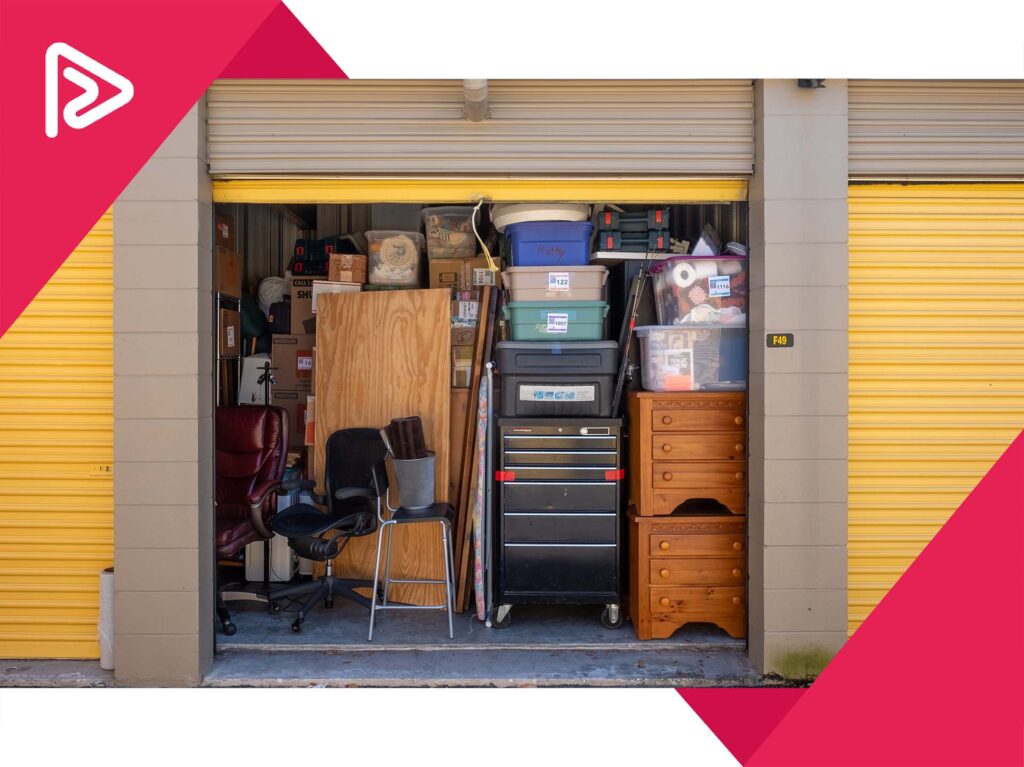

Whether you’re relocating some time soon or you’re just trying to sort out the clutter accumulated over the years, knowing how to protect items in storage units will come up as the key issue of the upcoming endeavor. Surely you can recall the moment – and how wouldn’t you, it happens every day – when your closet simply refused to close. But guess what – with storage, there’s a way to keep all the items and stay organized at the same time.
With our detailed tips, you’ll go through the most efficient steps that will help you store all your belongings like a pro, no matter their size and fragility. Keep reading to find out how.
With an attic, basement, and garage available within your own home, renting a self-storage unit might not even be necessary since there’s already enough space for creative storage ideas. However, not everyone lives in a spacious house, and they are doomed to cram all they possess within a few rooms altogether. If this is the case with you, the first step is choosing a suitable storage space in order to move efficiently. Keep in mind that you’ll be faced with many options, and deciding which one is the most suitable might require taking some to answer the following questions precisely:
These will also determine the price of the unit you choose.
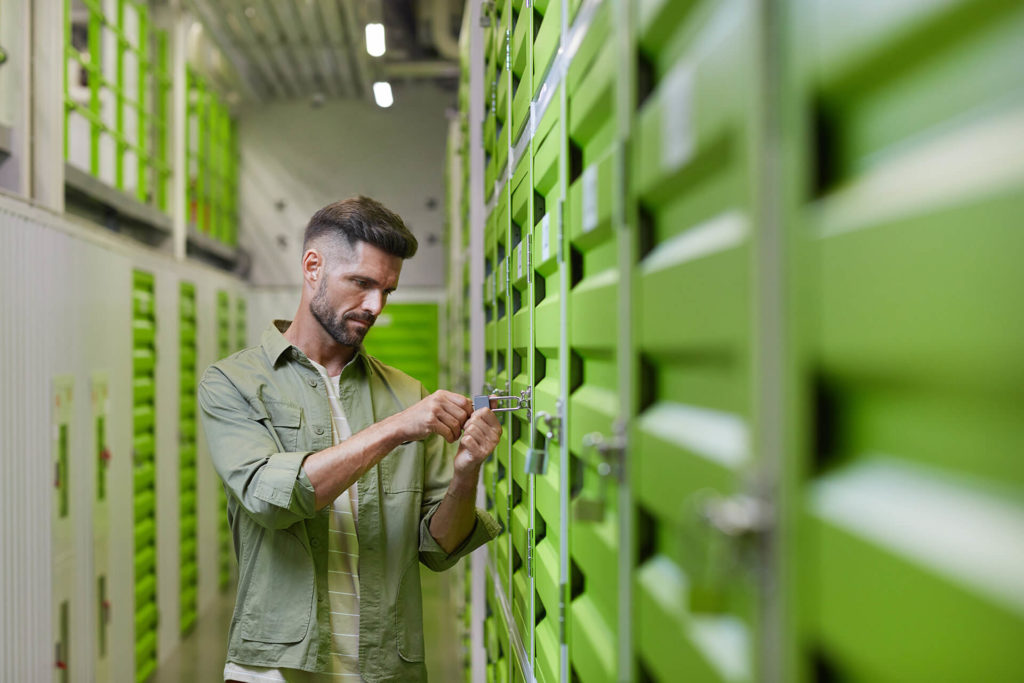
If you’re relocating, trusting a professional long-distance moving company with your household goods might be the smartest option. Even if you’re relocating for the first time, there’s no need to let the inexperience cost you with all the advice available on dealing with moving scams. Research the professionals you’re interested in and read online reviews and complaints before deciding to book a unit.
We understand how tempting low rates can be, but don’t fall for this one quickly since it’s a typical red flag. With reliable long-distance movers and their moving services, you will be able to plan a move to another city in no time. Besides the storage service, which will make it much easier to choose what to keep when relocating, with top-rated professional packing services, you’ll get out of some backbreaking work, too.

Although a new apartment checklist is probably something you’d rather think about right now, it’s crucial to stay on track with all the stuff you own, especially if you’re shipping it someplace else. If you don’t want to find yourself desperately searching for a specific item, it should be one of the priority tasks on your to-do list. This is the best moment to categorize your household goods and get rid of the stuff you no longer need.
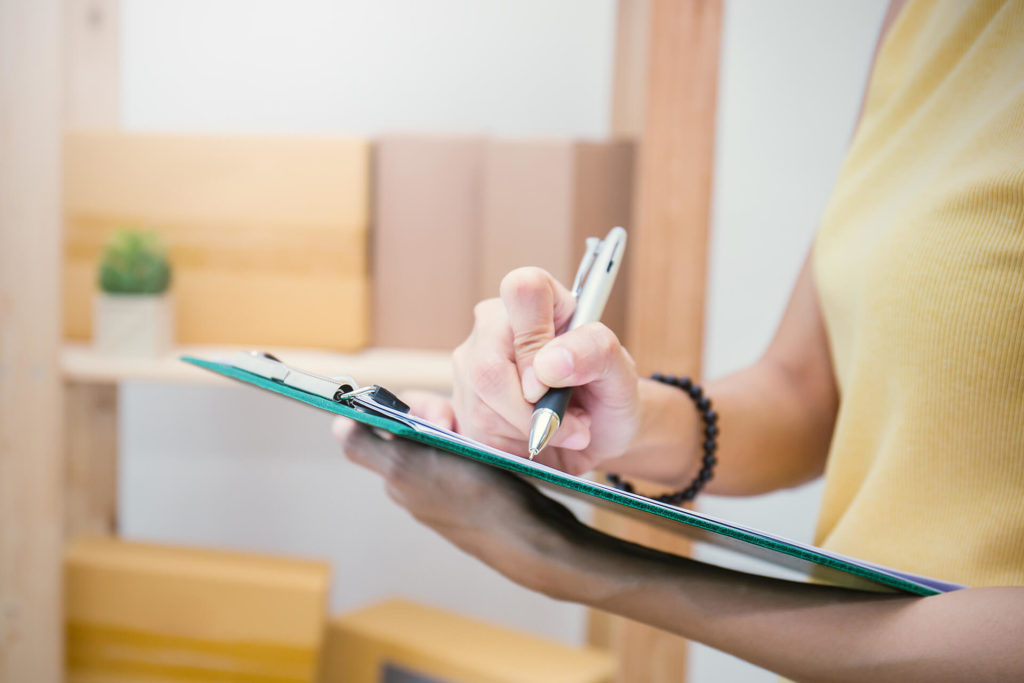
You’ve probably never heard of a successful storing process without having proper materials on hand. And that’s a big truth – no matter how much of a packer you are, safeguarding your belongings calls for lots of bubbles, papers, tapes, and other padding materials of all sorts and their home alternatives such as blankets, towels, and sheets. Oh yeah, and a bunch of high-quality, sturdy boxes.
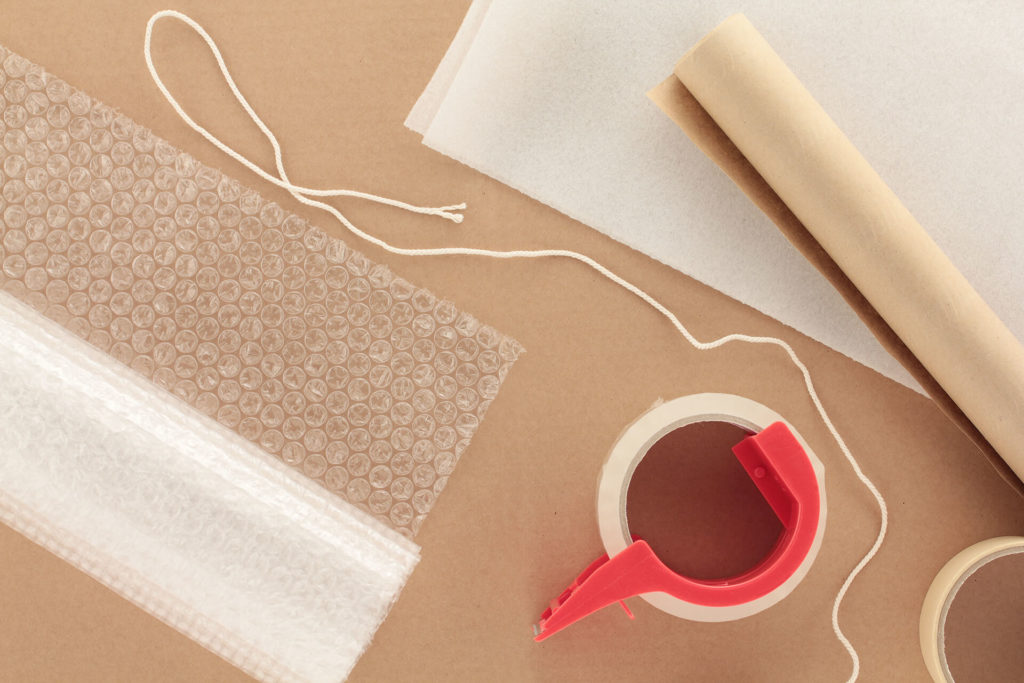
One of the best packing tips out there is to clean your belongings before stacking them, especially those susceptible to mold or bugs. You surely don’t want your home filled with a stinky, mildewy odor once you decide to bring something back (not to mention that mold can pose a health hazard, too). A step or two is all you need to avoid this. Vacuum the cushiony surfaces and wipe down the rest with an all-purpose cleaning spray and disinfectant wipes.
Whether you’re trying to pack your shoes or even to move a piano, there are always enough relocation hacks you can use to make the process a bit smoother. The same goes for the bulky objects you own, like furniture. When packing tables – for example – or chairs and bookshelves, it’s a rule of thumb to take them apart first for a few reasons. The first one would be preventing unnecessary damage, and the other one, equally important, to maximize the space.
You want to upgrade your kitchen or bathroom, but you’re still not sure what to do with old appliances? Storing them, for the time being, is always a good solution. However, it’s crucial to know how to prep them before doing it. Before you pack the dishwasher or the washing machine, don’t forget to run a wash cycle with vinegar or bleach. Also, leaving the door open while everything dries is a must to keep mold away. Covers are essential, too. Any blanket or sheet will do.
Cleaning the dust from all accessible device surfaces is a vital part of storing electronics properly. Odd as it may sound, dust and dirt can cause long-term damage if left there for too long. The next important step is removing the batteries because they can easily leak, and we’re pretty sure you’re not too eager to mess around with battery acid. Last but not least, if there’s a chance you have the original device boxes hidden in your basement, get them! You’ll never find a better way to secure any device than by using the stuff made specifically for it.
Even though you’ll probably have to wash your clothes all over again once you decide to get them back, there are ways to save them from dust, moths, and unpleasant odors. The best way to do this is to use plastic containers and put in moth-repellent bags of dried herbs, like lavender or rosemary.
To learn a little more about storing your clothes, check out the video below.

Wondering how to pack your fragile items? Or how to box up the dishes you have and how to protect framed items when moving? So many questions, but only one correct answer – bubbles. However, depending on the vulnerability of the item, consider double-wrapping or triple-wrapping it to prevent potential breakage. Padding the bottom before placing anything into boxes is important, and so is filling the space in between with material of your choice, but crumpled paper is always a good solution.
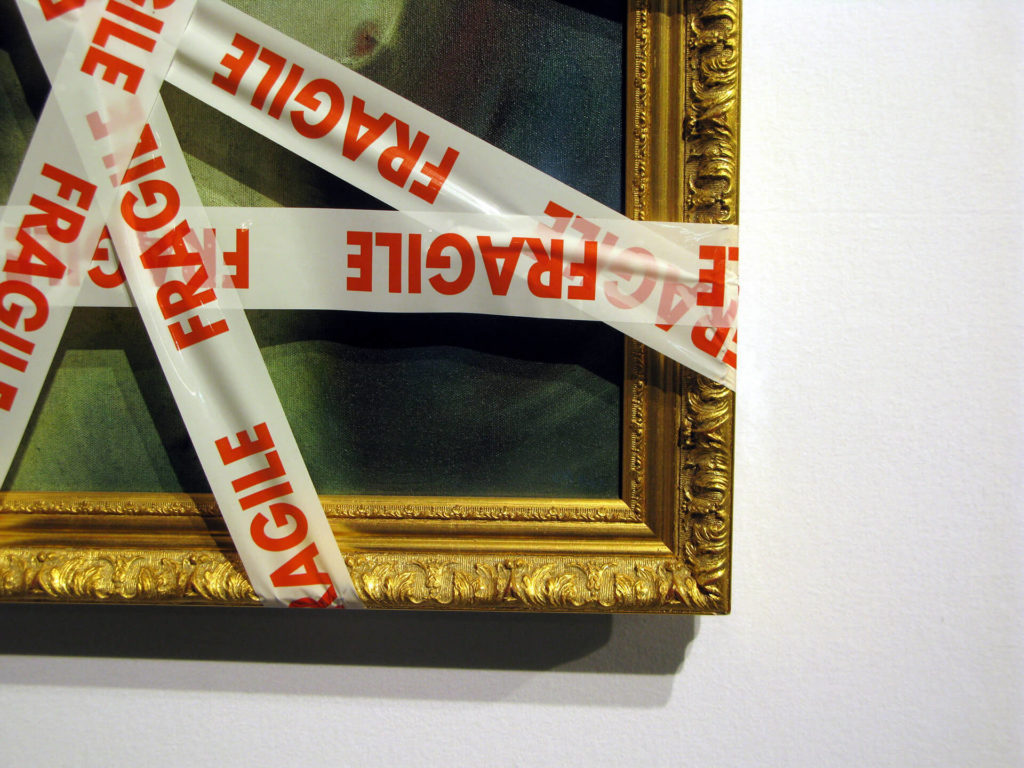
Whatever your reasons to move are, a smart packing strategy to store your stuff can’t hurt because you never know how often you will need to access the unit. Categorize, also, based on the function and size of each item, but keep in mind their fragility, too. Keep the heavy stuff close to the ground, and stack lighter objects on it. Having a strategy will keep your belongings in good condition and save you plenty of time in the future.
Do not just cram as much stuff as possible. Think carefully through instead: what are the things you might need the most and where to place the ones you’re likely not going to use for quite some time? With just one look on the inventory list, you will easily categorize things you need most – whether it’s your hobby gear or summer clothes, remember not to put them as far to the back as that decade-old night table you’re only keeping for sentimental value. Don’t let this be just one of the things you forget to do when moving because it has proven quite helpful to many.
When moving to another state alone, it’s hard to remember all the tiny details that facilitate the transition altogether. Labels are an excellent example of these and should be part of the moving to another state checklist. Putting your time and effort into boxing all the pots and pans up and learning first-hand how exhausting packing plates can be only to lose them in a pile of identical boxes is probably not something you had in mind.
Although self-units are usually not that big, they can hold a considerable part of your possessions. Locating something you need is not that simple without optimizing the storing system as much as possible. Making a map is a step you should take if you want to navigate the space easily. Here are a few tips on how to do it:
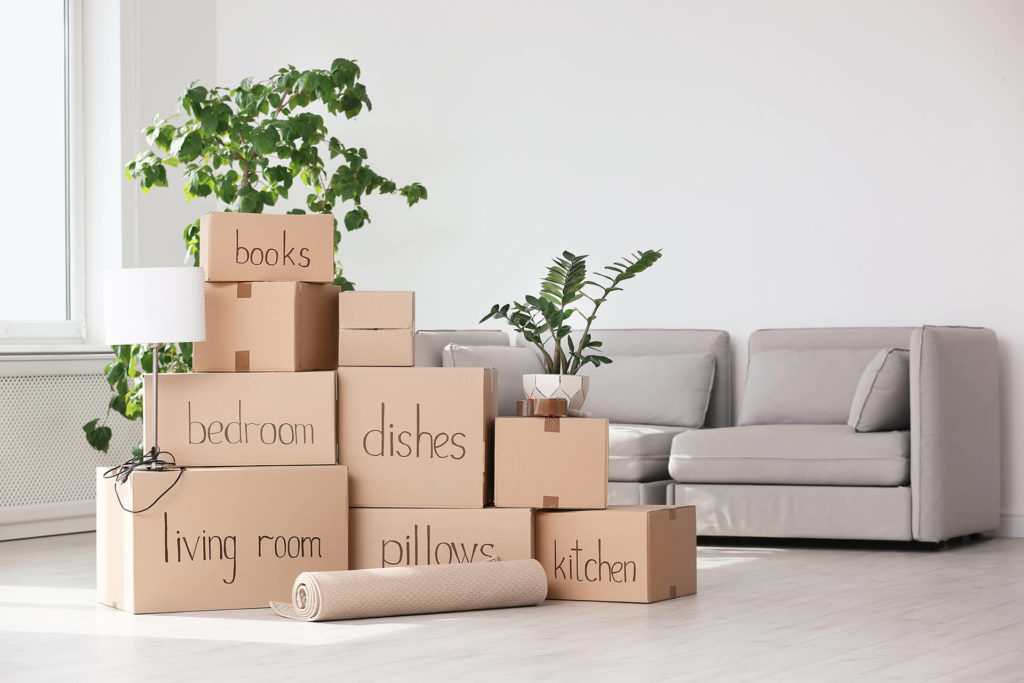
Now that you know how to store things and optimize your organization, it’s time to learn to utilize the space given, as well as the furniture itself. First, check out any hollow objects like shoe cabinets or bench ottomans suitable for stacking smaller stuff in. Place more sensitive objects onto pieces of furniture that were not disassembled. When it comes to storing, always go vertically rather than horizontally, working your way up from the heaviest to the lightest stuff. Besides shelves, consider purchasing clothing racks and installing wall hooks. Also, to pack more efficiently, don’t forget to vacuum-seal soft objects like blankets, pillows, and towels, which usually take up a lot of space.
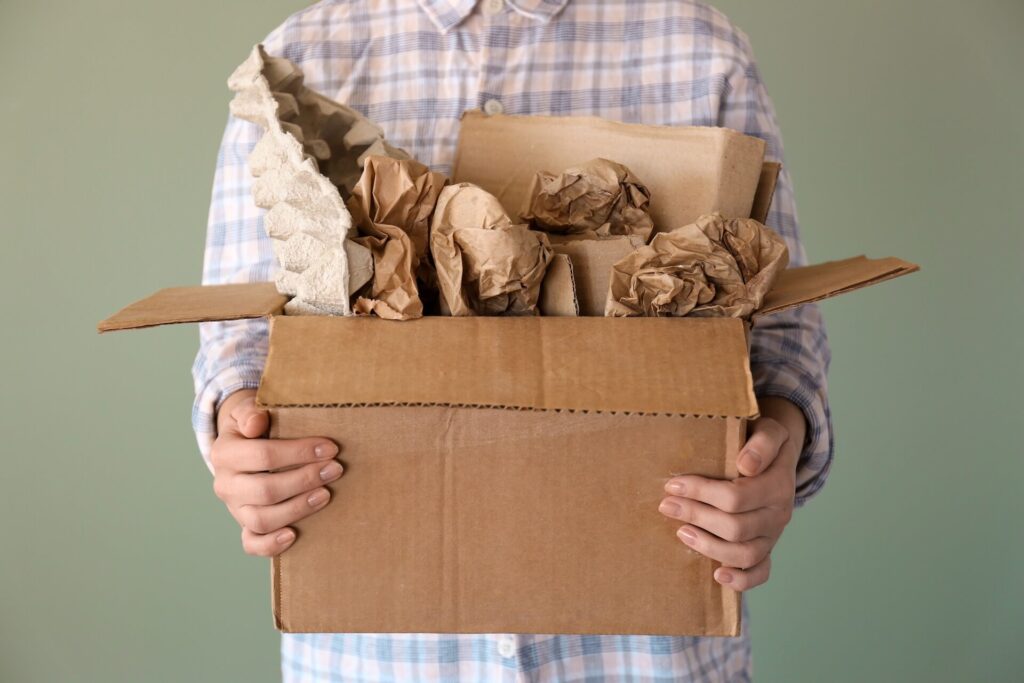
There is a chance – although a small one – for your things to get lost or damaged during transport or while stored, which is why the same unwritten rule applies to all the family heirlooms, art collections, jewelry, expensive pieces of furniture, or any object of high monetary and sentimental value – bring those with you when moving instead of storing them. Some objects are overly sensitive to temperature changes, and storing them in regular units would do them no good.
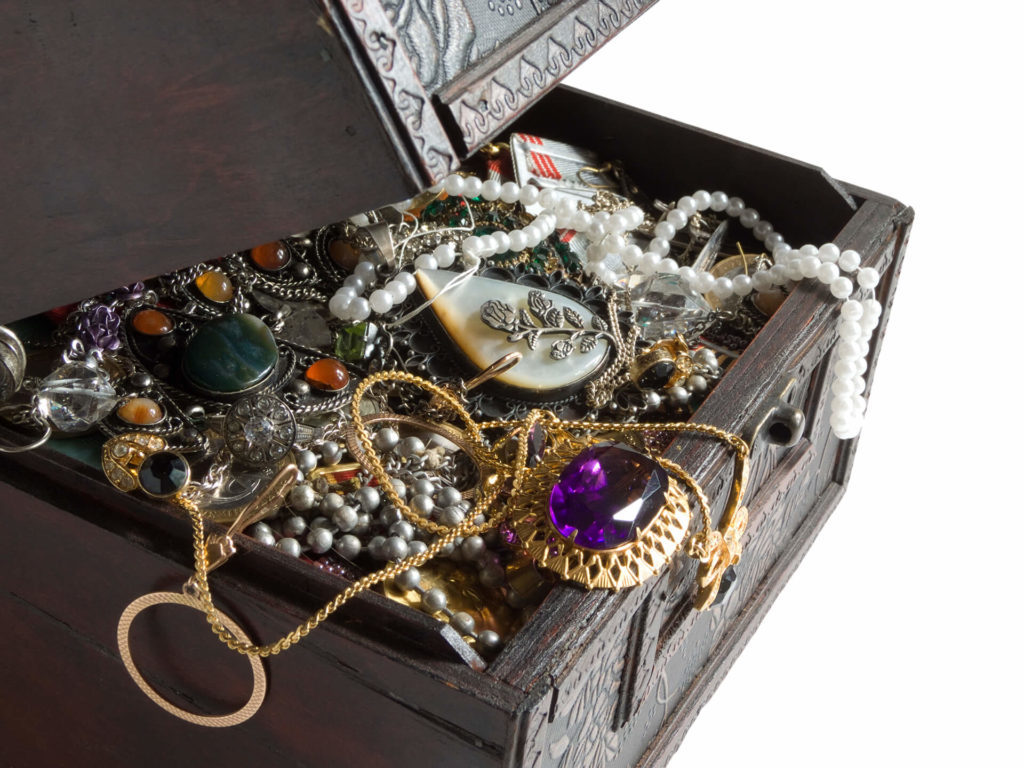
The overall security of your belongings depends on the features provided, like security locks, surveillance cameras, and climate control. However, an insurance plan might be the most crucial of them all because it’s the only one that will cover any of the potential risks of damage during the rental period.
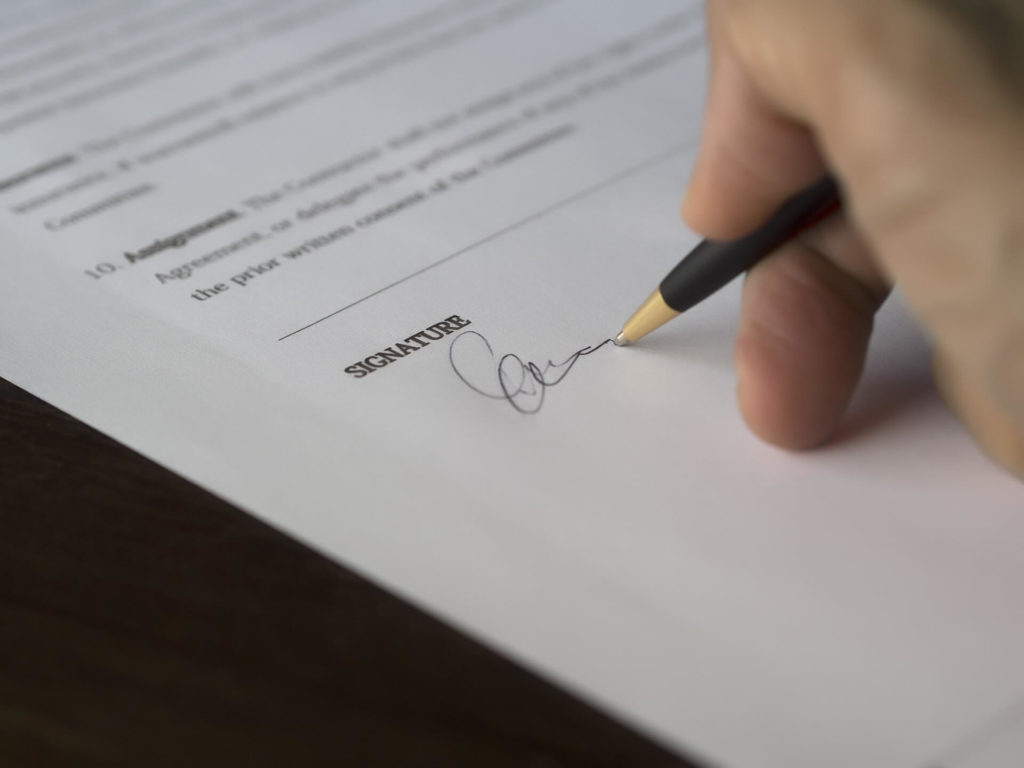
Having all the responsibilities in mind, it wouldn’t come as a surprise if the end goal of the move is to keep your sanity intact. Yet again, putting so much into protecting household goods will pay off in the end. With our detailed tips, you’ll get the most out of your self-storage and learn how to keep your possessions in the exact same condition for an extended period of time.